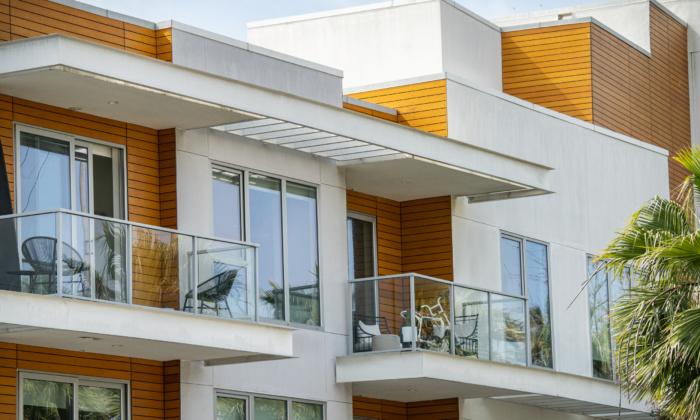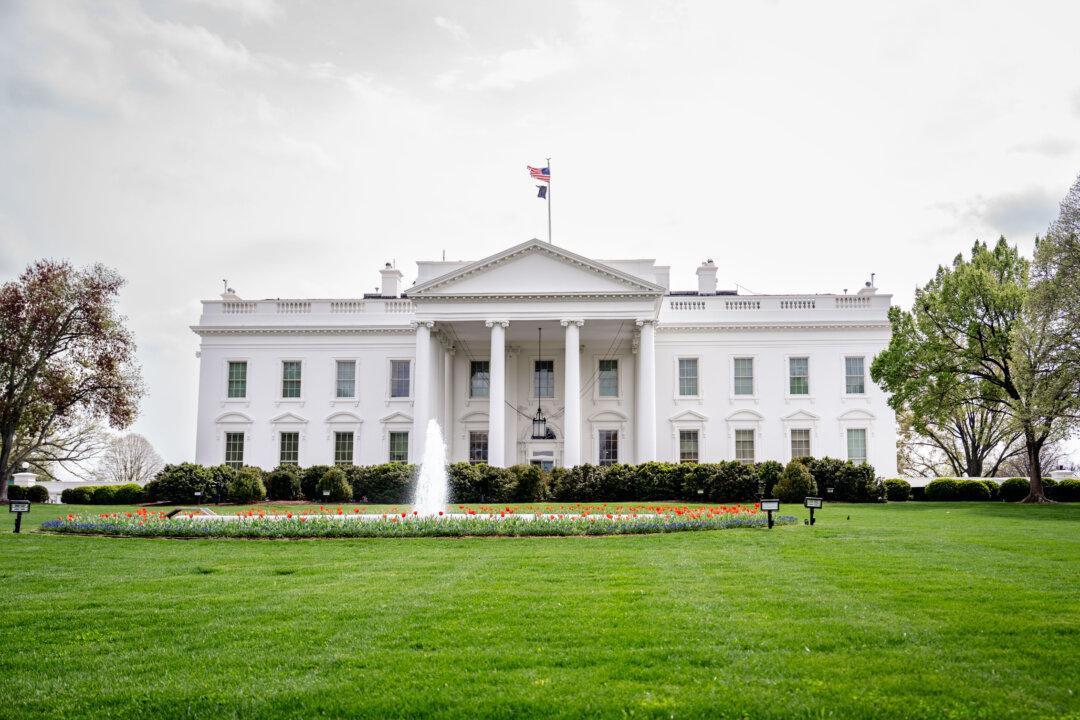Limited supply is driving up housing prices in Orange County, with sales records indicating declining inventory and an uptick in price in June as compared to the same time last year.
“It’s not insatiable demand,” Steven Thomas, founder of Reports on Housing—which publishes biweekly analyses of the real estate industry since its founding in 2004—told The Epoch Times. “It’s actually the fact that there are far fewer homeowners willing to put their homes on the market.”
The number of available listings totaled 2,276 at the beginning of July, 40 percent below the level recorded last June and representing the lowest number in nearly 20 years, according to Mr. Thomas’s recently released report covering Orange County.
Rising interest rates are to blame for the lack of inventory, according to experts who suggest that owners carrying mortgages at 3 percent interest are reluctant to sell, with mortgage rates approaching 7 percent or higher, as of July 19.

The discrepancy in rates between mortgages written in years past and those today is causing some owners to delay moving.
“This is just the unhealthy outcome of the Fed totally jacking up rates,” Mr. Thomas said. “They didn’t foresee this happening, but the more they were doing it, the more I was seeing it.”
Payments for a 30-year fixed-rate mortgage on a home with a $900,000 loan—an average amount for the area—increased from $3,794 per month at 3 percent to $5,988 at 7 percent interest.
Such a stark difference in financing costs is slowing the market, according to experts and residents, with some potential buyers unwilling and others unable to purchase under such conditions.
“It’s a psychological thing,” Katherine Nguyen, who owns a home with her husband in the city of Orange, told The Epoch Times. “To think about paying more in interest when we could just stay in our home and use that money to improve our lives, it just doesn’t make sense.”
While some, like the Nguyen family, are averse to paying more to finance a home, others are struggling to purchase because of the lack of affordability in the area, an issue that is exacerbated by the rising interest rates.

Adding to the affordability issue are property taxes, with homeowners facing higher property taxes if they sell and move into a more expensive home, as Californians are protected by Proposition 13—passed by voters in 1978 limiting property tax increases, thus keeping payments in line with purchase price as opposed to market value.
Insurance also adds to the cost of purchasing, as the state is plagued with an insurance accessibility crisis, with major insurers including State Farm, Farmers, and Allstate recently announcing they will no longer be writing new policies in the state, because regulations prevent them from raising premiums, and experts say many companies are paying out $1.30 in claims for every $1 brought in.
Sold home prices averaged $1.1 million in Orange County during June, rising steadily since December and representing an increase of 3.4 percent compared with June 2022.
Inventory is so low in some price ranges that bidding wars have returned after a brief hiatus, and sales exceeding listing prices has been the norm this summer.
Demand is highest for homes priced under $750,000, but only 18 percent of available inventory fits the description, according to the housing report.
With the low end of prices falling at close to a million dollars, many are priced out of the market.
“It’s hard to believe that $750,000 is the lower end,” Mr. Thomas said. “Go to the rest of the country, and you can buy a lake house for $500,000 or $600,000.”

Approximately two-thirds of all listings in the county are priced at $1 million or above, and 36 percent are listed at $2 million or higher, though this upper end of the luxury market accounts for only 12 percent of demand.
Homes priced more than $6 million have slowed dramatically and take 16 months on average to sell, according to the housing report.
“During COVID, the luxury market was firing on all cylinders and was selling within weeks,” Mr. Thomas said. “But there’s a lot of uncertainty in the economy, and that bleeds into luxury markets.”
With inventory remaining unprecedently low, experts suggest the conundrum will continue until the Fed stops raising rates and brings them back down to levels that make financing costs more appealing to potential buyers.
“They have to stop. We could have had a normal housing downturn if they would have stopped when interest rates hit the 5 percent range, but that’s not what this is about,” Mr. Thomas said. “They’re trying to slow down all of the economy, but at this point they need to stop raising rates.”





